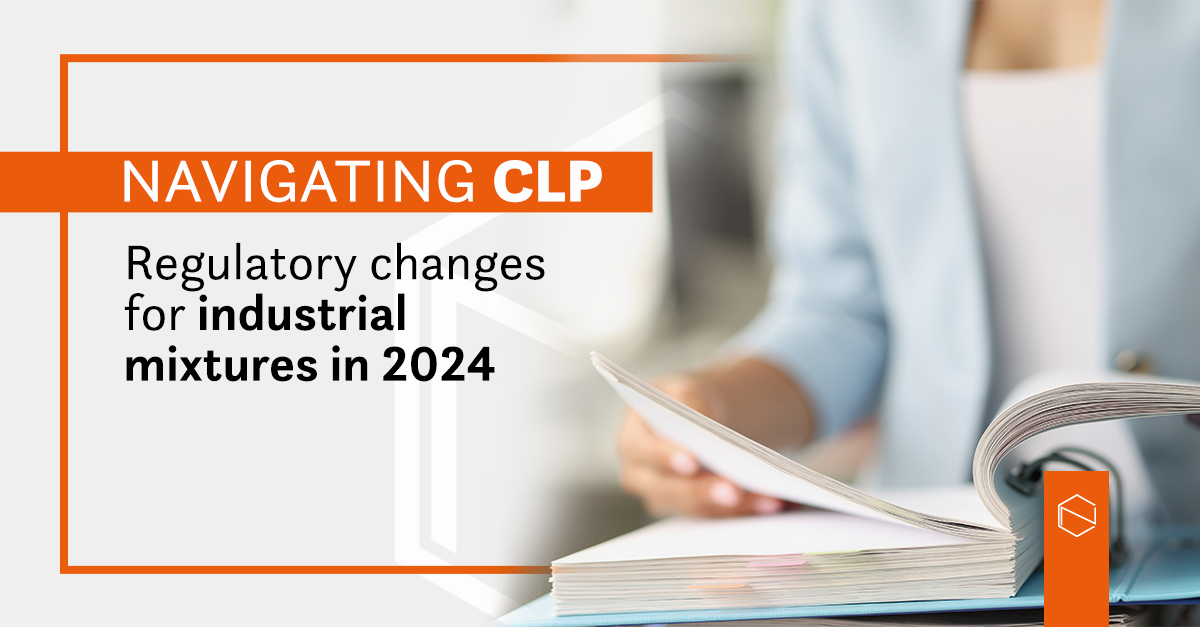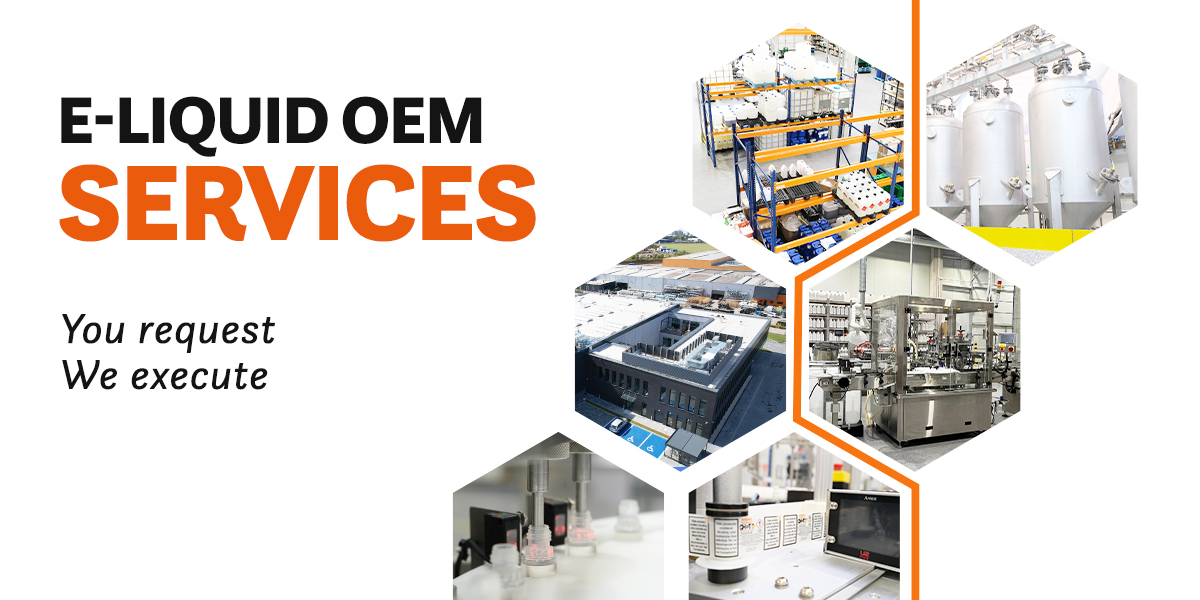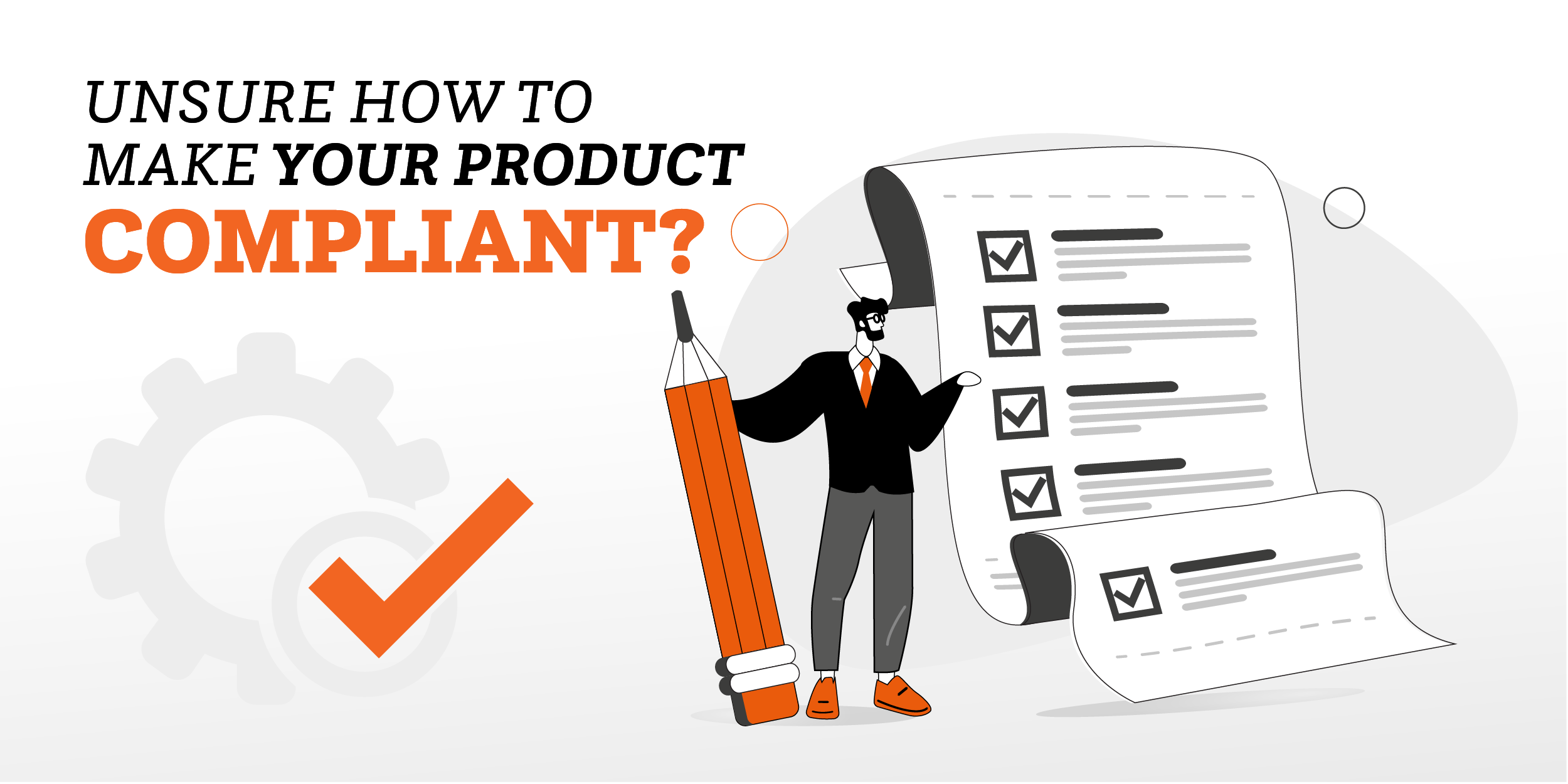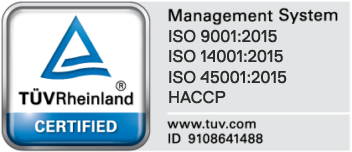
As we approach 2024, significant changes are on the horizon in the world of chemical regulations. For businesses dealing with industrial mixtures, staying compliant with the updated CLP regulation (Classification, Labeling, and Packaging) is crucial.
This article answers your questions about CLP Regulations update for 2024 and more:
- What are the key changes for 2024 regarding CLP regulations?
- How important CLP regulation changes are for industrial mixtures in 2024?
- How to create a UFI for products?
- Why is UFI important for each formulation and why you should act as soon as possible?
- Are there any exceptions for industrial mixtures UFI?
- How to correctly use UFI on products?
- How UFI helps to protect sensitive information related to product formulations?
- Can UFI help you in crisis management?
- How to simplify regulatory changes and make your business thrive?
In this comprehensive article, we will explore the key changes in CLP regulations for 2024 and the future, with a particular focus on industrial mixtures as Chemnovatic is here to provide you not only with valuable insights but also exceptional services to ensure your compliance.
So, do not stress and trust us – you will discover how to elevate your business to new heights of compliance and industry leadership with us.
Read more:
- Vape and E-Liquid Industry Regulations [Knowledge Base]
- CLP: What Is It? How Does It Influence Nicotine Base or E-Liquid Packaging Design?
- UFI Code: What Is It & How Does It Apply To The E-Liquid Industry?
- E-liquid industry regulations guide – get your free e-book
- E-Liquid Industry Regulations: REACH and CLP
- TPD vs E-Liquids: What You Should Know About Tobacco Product Directive?
- How is the e-liquid industry regulated?
- E-Liquid Regulations around the world
- CLP Regulation: Key Changes for 2024
The year 2024 brings forth crucial updates to CLP regulations, impacting a wide range of industries. These changes are designed to enhance safety, protect public health, and improve environmental protection. At Chemnovatic, we understand the nuances of these updates and their implications. Let’s take a closer look at already existing CLP regulations as it helps to understand what to expect in the near future.
Most importantly, in 2021 CLP regulations introduced the UFI code, which is Unique Formula Identifier. These 16-character codes are a mandatory requirement for all hazardous mixtures.
But what’s the purpose?
UFIs are designed to enhance product traceability and assist in emergency response situations. They provide a means of quickly identifying a specific mixture, helping authorities and medical personnel take the right actions promptly.
UFI is a start, but there’s more to CLP Regulations…
Harmonized classification and labelling
One of the central pillars of the CLP regulations is the introduction of harmonized criteria for the classification and labeling of substances and mixtures. This harmonization ensures consistency not only within the European Union (EU) but also on a global scale. For businesses involved in international trade, this harmonization streamlines the classification process and simplifies compliance.
Revised hazard categories
Under the new regulations, there are updates to hazard categories and criteria. These changes align with the Globally Harmonized System of Classification and Labelling of Chemicals (GHS), a globally recognized framework.
What does this mean for your business? It implies a shift in how hazardous properties are determined and communicated. Essentially, substances and mixtures that were once classified differently may now fall under a unified category.
New hazard statements and CLP pictograms
Expect to see new hazard statements and pictograms on product labels. These additions provide more detailed information about the hazards associated with chemicals and mixtures. For end-users, this means enhanced safety awareness. Being able to understand the potential risks of a product is crucial for safe handling and storage.
CLP Regulation: Updated Safety Data Sheets (SDS)
Safety Data Sheets (SDS) are essential documents for conveying vital information about chemical products. In the 2023 regulations, SDS formats have been revamped to include additional information. This makes it easier for users to comprehend potential hazards, recommended handling procedures, and emergency measures. Essentially, SDSs become even more informative tools for safe chemical management.
See also:
- E-Liquid Manufacturer Standards: Practical Tips For Producers And Brand Owners
- Safe Usage Of Chemicals: Chemnovatic Guide
- Fees, Taxes And More: Our Experts’ Analysis Of Selected E-Liquid Regulations In Europe
- OEM Services, White & Private Label: 9 Reasons To Choose Chemnovatic As Your Business Partner
2. Impact of CLP Regulation Changes on Industrial Mixtures in 2024
Industrial mixtures, in particular, will see a substantial impact from the 2024 CLP regulatory changes. Ensuring your products comply with the new regulations is essential to avoid potential disruptions and penalties. We’re here to help you navigate regulation changes seamlessly. First, let’s look at how 2024 CLP changes can impact your business:
Reclassification of certain mixtures
Certain mixtures that were previously deemed non-hazardous may now fall under hazardous categories due to revised criteria. This could necessitate adjustments in your product formulations and labeling.
Label Updates
The introduction of new hazard statements and pictograms implies that your product labels will need to be updated to reflect these changes accurately. Ensuring compliance in this area is paramount.
Documentation and Reporting
The revised SDS formats and the requirement for UFIs entail additional documentation and reporting tasks. Ensuring your business meets these obligations is essential to stay compliant.
Supply chain considerations
Changes in classification, labeling, and documentation will have a ripple effect through your supply chain, impacting suppliers, distributors, and end-users. Effective coordination and communication become pivotal.
Emergency Response
UFIs play a critical role in emergency response. Ensuring your mixtures have UFIs readily available can make a substantial difference in case of accidents or incidents.
To navigate these changes successfully, it’s crucial to partner with a knowledgeable compliance expert like Chemnovatic. We can guide your business through the evolving regulatory landscape, ensuring your industrial mixtures remain compliant and, most importantly, safe for all stakeholders involved. Find out how we can help you!
3. How to create a Unique Formula Identifier (UFI) for My Products?
Navigating the intricacies of the 2024 CLP regulations begins with understanding the importance of the Unique Formula Identifier (UFI) and how to create one for your products. Let’s dive deeper into this crucial process and its significance.
How the process of generating UFI looks like?
Creating a Unique Formula Identifier (UFI) may sound complex, but it’s a pivotal step towards ensuring your products’ compliance with the CLP regulations. Here’s a simplified breakdown of how the process unfolds:
- Access the UFI Generator Tool: The first step is to access the UFI Generator tool, a web-based application made available by the European Chemicals Agency (ECHA). This tool is designed to simplify the generation of UFIs.
- Input Necessary Information: To generate a UFI, you’ll need specific information about your product. This includes your company’s VAT number (although it’s possible without it) and the mixture-specific formulation number. The UFI Generator will use this data to create your unique UFI code.
- UFI Generation: Once you’ve inputted the required information, the UFI Generator tool will work its magic and generate your 16-character UFI. This code is like a fingerprint for your product, ensuring its traceability and accurate identification.
- Labeling: With your UFI in hand, it’s time to ensure it’s prominently displayed on your product labels. Proper labeling is essential for compliance and for the safety of those handling your products.
4. Why is UFI important for each formulation?
Now, let’s delve into why the UFI is more than just a regulatory requirement; it’s an integral component of your product’s identity and safety:
UFI & Unambiguous Identification
Each UFI is unique to a specific formulation. It serves as an unambiguous identifier, connecting your product to vital information about its composition, potential hazards, and emergency response measures.
UFI & Emergency Situations
In crisis situations, quickly and accurately identifying your products is crucial. UFIs play a vital role in emergency response by ensuring that medical personnel and authorities can swiftly pinpoint the exact mixture involved.
UFI & Traceability
UFIs enhance traceability throughout the supply chain. From manufacturers to end-users, everyone can trace the product’s journey and access essential information when needed.
UFI & Product Compliance
The UFI isn’t just about safety; it’s also about compliance. Failing to generate and display UFIs can result in regulatory non-compliance, potentially leading to penalties and reputational damage.
UFI & Consumer Confidence
Displaying UFIs on your product labels can instill confidence in your customers. It shows your commitment to safety and transparency, which can be a significant selling point.
In essence, UFI isn’t a mere formality; it’s a powerful tool that safeguards your product’s integrity, ensures regulatory adherence and fosters trust among consumers. It’s a responsibility that every business dealing with hazardous mixtures must embrace to thrive in the evolving regulatory landscape of 2024.
5. Why UFI code is crucial and why acting now is essential?
As we venture further into the realm of UFI and its significance, we can’t stress enough how crucial it is to act promptly. January 1, 2024, looms on the horizon, and with it comes a crucial shift in regulations that will impact your business. Let’s explore why UFI is so essential and why you should take action without delay.
The regulatory timeline for UFI registration
Understanding the regulatory timeline is fundamental. The obligation to provide harmonized information and display the UFI on product labels came into effect on January 1, 2021, for consumer and professional use. However, a more critical milestone approaches – January 1, 2024, when these requirements extend to industrial-use products.
It’s vital to recognize that if the composition of an industrial-use mixture changes as it moves along the supply chain and eventually finds its place in a consumer or professional product, the earliest deadline for compliance should be followed – either consumer or professional use, depending on the case.
For mixtures that have already been registered at the national level in accordance with the prevailing regulations of a specific EU member state, a transitional period is available, lasting until January 1, 2025. However, if any alterations are made to the mixture during this transitional period, the obligations concerning harmonized information must be fulfilled before introducing the modified mixture to the market.
The urgency of preparation for CLP & UFI regulation changes
With the rapidly approaching January 1, 2024, deadline for industrial-use products, there’s no time to waste.
Ensuring UFI compliance is not just a legal obligation but also crucial for enhancing emergency response, streamlining supply chain efficiency, fostering consumer trust, and gaining a competitive advantage in a safety-conscious market.
UFI compliance is not merely a legal requirement; it’s a strategic move for the success and resilience of your business. The sooner you act, the smoother the transition will be, and the more protected your business will be in this evolving regulatory landscape. At Chemnovatic, we understand the urgency of UFI compliance, and our experts are here to guide you every step of the way.
Don’t let the January 1, 2024, deadline catch you off guard; let’s prepare for it together. Check what we can do for your business!
6. What are the exceptions for industrial mixtures UFI?
When it comes to industrial mixtures, there are exceptions to the UFI placement rules that you should be aware of. Unlike consumer products, where UFI inclusion on the label is mandatory, there are specific cases in the industrial sector where this requirement differs.
In some instances, it may not be obligatory to display the UFI on the product label, but it remains crucial in the safety data sheet (SDS). Understanding these exceptions is vital, as they can impact your compliance strategy significantly.
7. How to correctly use UFI on my product labels?
To achieve correct product labeling, specific actions and practices must be followed. Chemnovatic is here to guide you through these crucial steps, ensuring your product labels meet the highest standards of compliance.
Meeting UFI-related label regulations:
When it comes to correctly using UFIs on your product labels, there are several key steps to consider:
- Prominent Placement: The UFI should be prominently displayed on your product labels, ensuring easy identification. Typically, it is recommended to position it near other essential product information, such as safety warnings or usage instructions.
- Readable Format: The UFI must be presented in a legible and clear format. Ensure that it is easily discernible, even in cases where labels may vary in size or design.
- Size and Visibility: Consider the size and visibility of your UFI concerning the overall label design. It should be large enough to be noticed, but its placement should not compromise the overall aesthetics of the label.
- Consistency: Maintain consistency in UFI presentation across various product labels within your product line. This approach helps in streamlining regulatory compliance and enhances consumer recognition.
Where to put UFIs on product labels?
The placement of UFIs on product labels should adhere to specific guidelines:
- Front Panel: Many manufacturers choose to display the UFI on the front panel of the product label, ensuring that it’s one of the first pieces of information consumers see.
- Near Safety Information: Placing the UFI close to safety information or hazard symbols can be beneficial. This allows consumers to quickly identify the UFI when seeking essential safety details.
- Accessible Location: Ensure that the UFI is positioned in an accessible location, allowing consumers or professionals to find it without difficulty.
- Avoid Obscuration: Avoid placing the UFI where it might be obscured by packaging folds, product contents, or other labels. It should remain visible and easily scannable.
By following these recommendations you can confidently incorporate UFIs on your product labels while meeting all regulatory requirements. This approach not only ensures compliance but also enhances consumer safety and trust in your products.
Remember that if you have any further questions or need personalized guidance regarding UFI placement, please don’t hesitate to reach out to us. Just send a message at: sales@chemnovatic.com
UFI serves as a shield against the disclosure of proprietary formulations and trade secrets. Through encryption and secure transmission, the UFI ensures that only authorized personnel can access complete product information when necessary.
In emergencies, it aids first responders and medical professionals in identifying the product’s hazards and administering appropriate measures without exposing sensitive formulation details.
By integrating UFIs, you can confidently navigate regulatory compliance while preserving the confidentiality of your valuable formulations, enhancing both legal compliance and business security.
Learn more:
- Tobacco Product Directive (TPD): All You Need To Know
- Excise Duty In The Vape Industry [Guide]
- REACH: What Is Reach And Why We Talk About It?
- REACH and CLP Summary On The Example of PureNic 99+ Pure Nicotine
- Nicotine Shots: Dealing With TPD Regulations
- TPD Compliant E-Liquid Packaging: Part 1
- TPD Compliant E-Liquid Packaging: Part 2
- E-Liquid Bottles Nozzle Requirements
9. Does UFI can help you in crisis management?
During emergencies, whether involving chemical spills, accidental exposures, or any situation with potentially hazardous substances, swift action is essential. The UFI system provides a reliable means of rapidly identifying products and assessing associated hazards.
Why is it so important?
First responders, poison centers, and medical professionals can access vital information by inputting the UFI, including details about a product’s composition, toxicity levels, and recommended emergency procedures. This immediate identification empowers them to take informed actions swiftly, mitigating risks effectively.
Moreover, UFIs contribute to precise decision-making, ensuring appropriate protective measures and medical treatments are employed during high-stress situations. Standardized UFIs facilitate seamless communication among various stakeholders, enhancing coordination during crises. Beyond the initial response, UFIs aid in post-incident analysis and regulatory investigations, promoting long-term public safety.
Embracing UFIs in your product labeling not only ensures regulatory compliance, but also underscores your commitment to safety, responsible crisis management, and the well-being of both individuals and the environment.
10. How to simplify regulatory changes and make life easier?
From understanding the intricacies of creating a Unique Formula Identifier (UFI) to navigating exceptions for industrial mixtures, and from expertly placing UFIs on your product labels to safeguarding sensitive formulation information, we’ve got every facet of regulatory compliance covered.
With us by your side, you can streamline this process and make it remarkably more manageable. As a distinguished player in the chemical manufacturing and trading domain, we offer comprehensive solutions to ensure your business stays compliant while alleviating the burdens of regulatory adherence.
Our proven track record, helping many businesses like yours navigate changing regulations, provides you with peace of mind and the freedom to focus on growing your business.
Trust the Experts
Our team of seasoned experts boasts an extensive wealth of experience in the realm of regulatory compliance. We specialize in simplifying complex procedures, saving you valuable time and effort.
When you choose Chemnovatic as your compliance partner, you’re aligning with a company that has successfully guided numerous businesses through the intricacies of evolving regulations. Rest assured, our experts are well-versed in a wide array of compliance areas, including TPD, UFI, CLP, REACH, and many more.
Join the long-standing customers and partners who are growing their business and conquering new markets together with us. Find out what we can do for you and learn more about our Regulatory Services
With us you don’t have to stress about 2024 regulatory changes!
The clock is ticking, and regulatory changes are on the horizon.
Do you see that, right?
There’s no time to waste!
Contact us rapidly to embark on a journey toward seamless compliance. Our team of experts is ready to provide you with the guidance and support you need to stay ahead of the curve in an ever-evolving regulatory landscape. Make your business’s compliance a breeze with us by your side!
There’s not much time left before 2024 – secure your spot now and enter new year with no worry!
Just send us a message with your needs and challenges at sales@chemnovatic.com.
Let’s grow your business together!
Subscribe to our newsletter and receive a free access to our e-mail course on raw materials for e-liquids production (and more!).
No spam, only valuable content we promise to send you.

























Your blog adeptly navigates the impending CLP regulation changes for industrial mixtures in 2024. The breakdown of key points is insightful, providing a valuable guide for businesses preparing for compliance shifts. A timely and informative read for industry professionals. ??